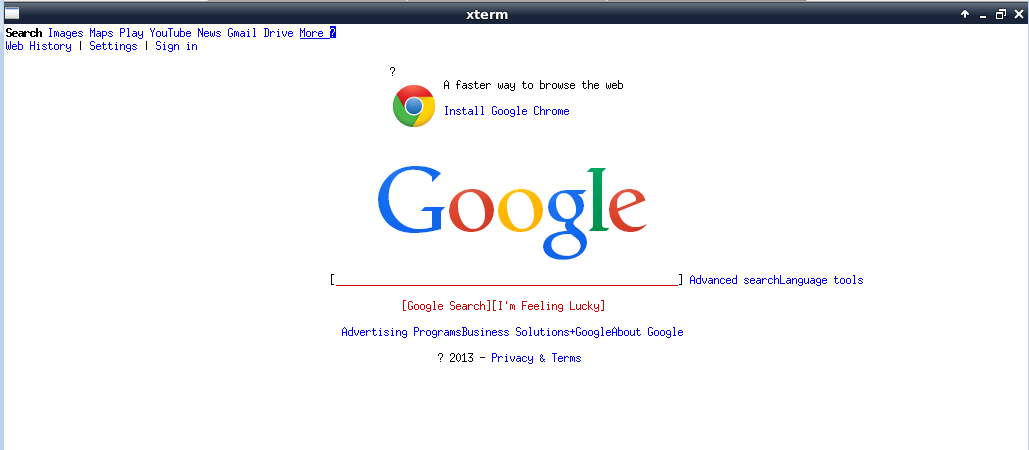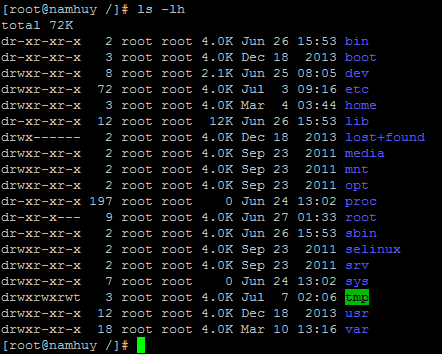Tracking centos server with bash script
In this article I will show you how to use bash shell to test the system periodically, to check the connection port 80, server load, queue exim, and mysql process … The script will automatically notify you via email if there are anything unusual.
Script will use a while loop to run every 2 minutes and check whether the case is running on the server. To run periodically, you can use command : crontab or screen
Note:
In this tutorial I will use screen on CentOS 6 (x64):
1. Install screen
Tools screen will help you to run multiple sessions on a terminal session and keep it alive unless you cancel or restart the server.
This utility is most effective when you want to install a program, and take the time that you are connecting to a remote ssh.
– To install screen you just use yum command:
# yum install screen -y
– To create a new session you use the command :screen -S Name_sesion_or_jobs
# screen -S monitor
– To exit the current screen, and work continues:
Press Ctr + A + D
– To list the session created by the screen:
# screen -ls
[root@Mysql02 ~]# screen -ls There are screens on: 29823.mysql_moniter (Detached) 21871.pts-0.Mysql02 (Attached) 2 Sockets in /var/run/screen/S-root.
2. Run script on screen
– You create a file (moniter.sh) with the code below : (don’t forget to set your email address below “### Send mail alert and attachments log file” line near the end of the file.
#!/bin/bash
## Moniter server v1 http://www.namhuy.net
pass="namhuy"
server=`uname -a|awk {'print $2'}`
ps_view=`ps -eo pmem,pcpu,vsize,pid,cmd | sort -k 1 -nr | head -5`
ps_view2=`ps -eo pmem,pcpu,vsize,pid,cmd | sort -k 1 -nr | head -5`
echo -n "Password: "
read -s password
clear
echo "Server Moniter"
if [ $password != $pass ] ; then
echo "Wrong password"
exit
else
### File Logs
log="log2.txt"
num_load=1
while true
do
echo "### Load $num_load ####" >> $log
num_load=$(($num_load+1))
echo -n "**** load: " >> $log
load1=`w|grep load`
### Tracking number php process
num_php=`ps aux|grep php|grep -v root|wc -l`
w|grep load >> $log
echo "**** Process php" >> $log
echo "**** Nummber process php: $num_php" >> $log
ps aux|grep php|grep -v root >> $log
### Print top process
echo "**** Top Process: $ps_view" >> $log
### Print number connect port 80
echo -n "***** Connect Port 80:" >> $log
netstat -an|grep :80|wc -l >> $log
### Print top 5 IP connect port 80
echo "***** Top 5 Ip" >> $log
netstat -an|grep :80 |awk '{print $5}'|cut -d":" -f1|sort|uniq -c|sort -n|tail -n 5 >> $log
i=`w|grep load|sed s/average:/*/|cut -d* -f2|cut -c1-3| sed -e 's/\.//g'` ## Number the current load of server
load=10 # Default load, if the server load is greater than (10), the script will send mail alerts.
if [ $i -lt $load ]; then
echo "**** Load $i" >> $log
echo "**** ok" >> $log
else
echo "*** Load $i" >> $log
echo "**** Not oke" >> $log
echo "**** Top Process: $ps_view" >> $log
echo "**** Top Process: $ps_view2" >> $log
Send mail alert and attachments log file
echo "**** $load1 - Load Current: $i"|mail -s "$server" your_email@yahoo.com < $log ### Conducting the service startup if you want service httpd restart service mysql restart echo "*** Service restarted" >> $log
fi
echo "-------------------" >> $log
## will check every 2 minute
sleep 120
done
fi
– Set execute permissions(only run via root):
# chmod 0700 moniter.sh
– Create a new session with the moniter name:
# screen -S moniter
– At the command prompt, run the script with password: namhuy
# ./moniter.sh
You should see
[root @ Mysql02 ~] #./moniter.sh Password:
– You can view logs at: log2.txt in your email if your server load is greater than 10



